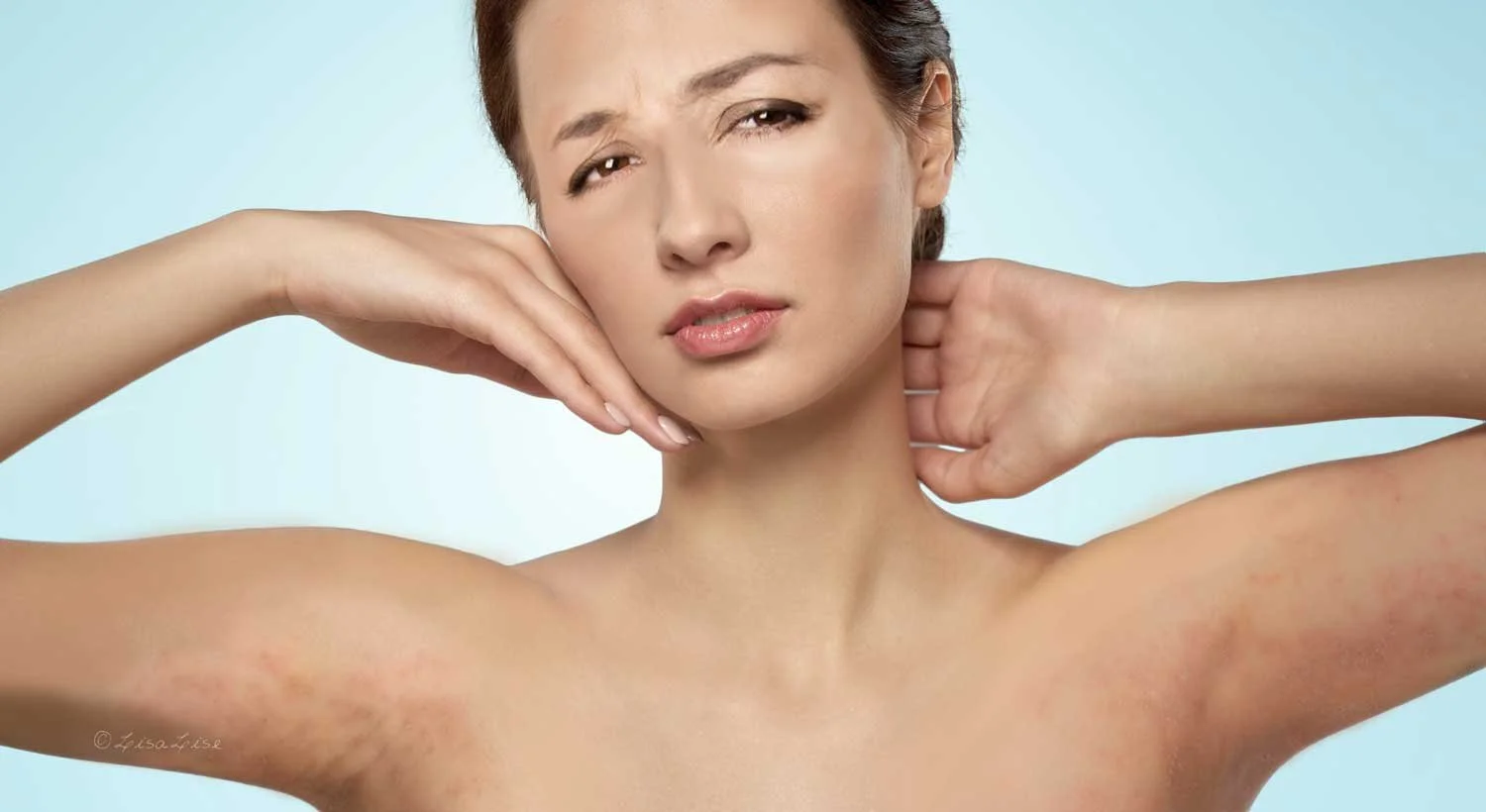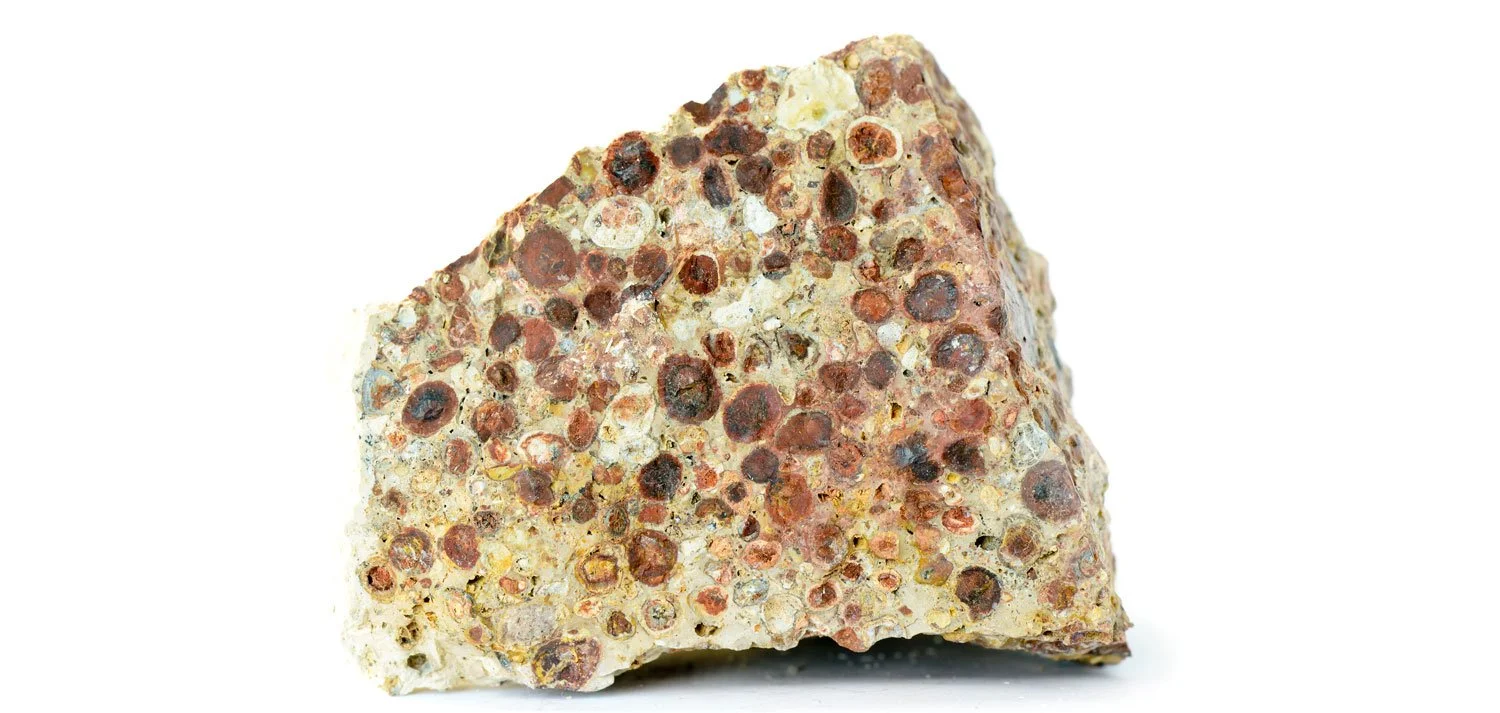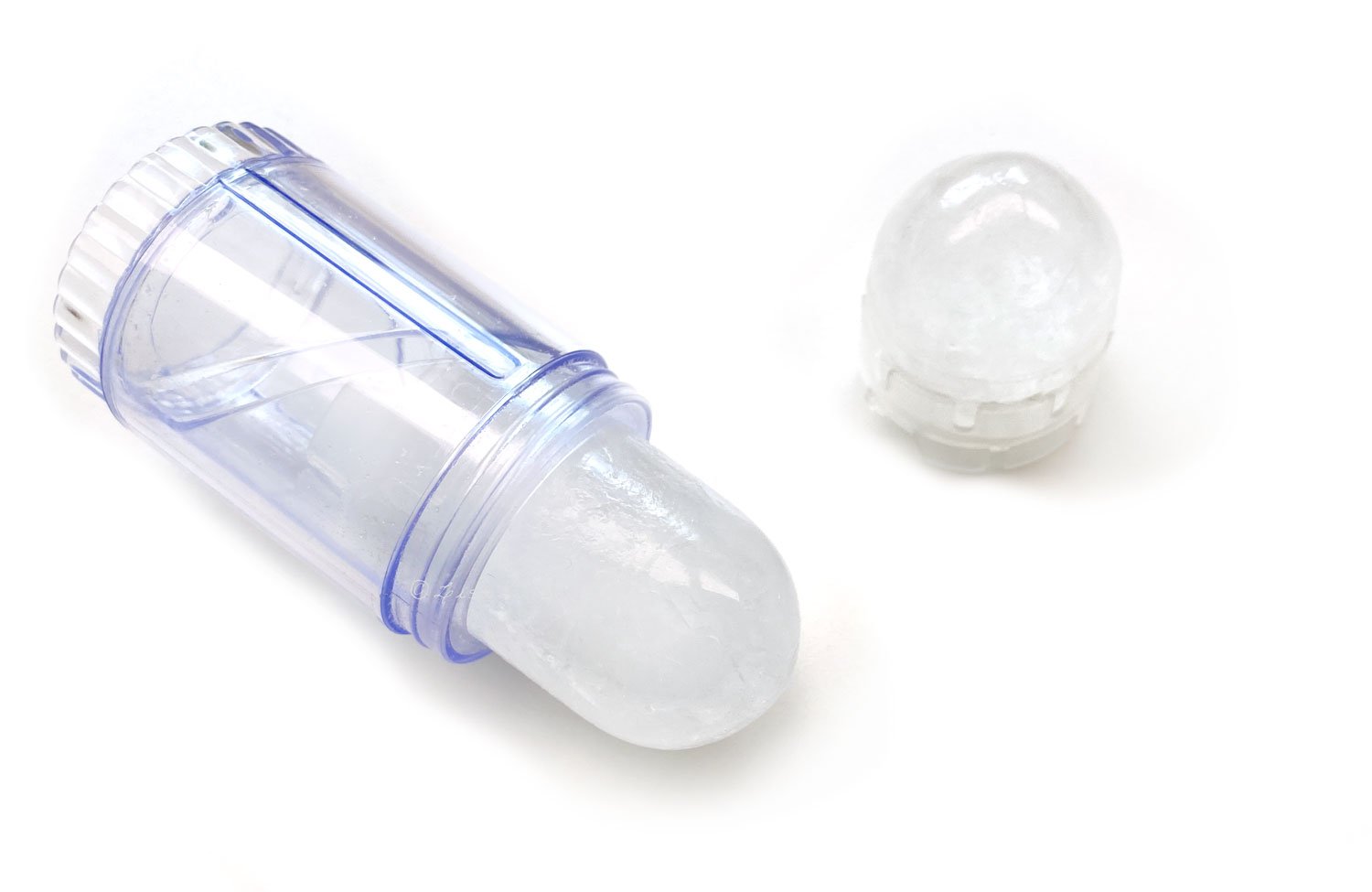How to Treat a Rash from DIY Baking Soda Deodorant
Lise
Having to deal with a sudden rash, redness, itchiness, pain, swelling or rough, leathery skin in the armpits is nobody's idea of a good time. Unfortunately, this has become an unexpected and painful reality for a heck of a lot of people who are simply trying to live a greener life.
Information (and misinformation) about some commonly used ingredients in deodorants continues to flourish, causing many to seek alternatives to commercially produced deodorants.
A great number of the 'greener’ (and DIY) deodorant solutions involve applying a chemical compound more commonly known as baking soda to the delicate skin of the armpits, which can causes a wide range of unfortunate and unpleasant reactions.
In Theory, it Sounds Like a Good Idea to Use Baking Soda as a Deodorant
The logic of reaching for baking soda is understandable: it is easily obtainable at any supermarket and great for many household uses: cleaning, spot removal, etc.
It’s also a great deodoriser (ever hear of placing an open box of baking soda in the refrigerator to remove odors? It works)
So how could it possibly be harmful?
What folks are overseeing in their otherwise admirable quest to go green is that baking soda (or sodium bicarbonate) is a chemical compound that can function as an irritant with prolonged skin contact.
Applying it to armpits is not only prolonged direct contact, but prolonged contact with a sensitive area.
What Happens With Prolonged Skin Contact to Baking Soda
There are a variety of common reactions to baking soda deodorant
Discoloration (reddish, brownish or general darkening) of the skin
Thickening, leathery skin
Slight rash
Heavy, itchy rash
Rash with painful pustules
Yikes!
Damage Done, Now What?
Because so many of you have asked, I've put together a few tips for dealing with the discomfort of ‘baking soda burn’ to help get your pits back on track as quickly as possible.
How to Treat Baking Soda Burn
Contrary to what you might have read or heard, the rash/itchiness/reaction you are experiencing is NOT due to ‘detoxing from commercial deodorant’. It is more likely a reaction to the baking soda in the deodorant you used.
First thing to do is put that deodorant away and refrain from using any deodorant until your pits are once again happy and healed.
Depending on how serious your discomfort is, consider seeing a doctor. This may sound like overkill, but some folks have had quite serious reactions that needed immediate medical attention. If you are in even the teensiest bit of doubt – get your doctor to check your pits.
If your skin has become thick, leathery and/or discolored but is otherwise pain-free, you can probably self treat with one or more of these methods
Apply cool compress (wet a clean soft cloth with cold water, wring out and place on armpits)
Apply pure aloe vera to the affected area (if you can source aloe vera juice, try misting it on the pits. If you can source aloe vera gel, apply a thin layer to pits)
Mist the affected area with a hydrosol (rose, lemon balm, chamomile and lavender are quite calming)
Cucumber cooler. Line a small bowl with a soft cloth. Grate cucumber into the cloth. Gather up edges of cloth to form a little ‘bag’ (like pictured above) and gently dab the pits with the bag.
Make a colloidal oat solution and use to gently ‘wash’ the pits. This can also be made using regular rolled oats and water (drop a teaspoon of oats into a bowl of water and stir — the liquid should be runny but slightly ‘gloopy’). To use, dip a clean soft cloth in the liquid, wring out lightly, and gently dab the armpits.
After washing/rinsing, help soothe the area with a small application of pure coconut oil. Be gentle!
While your pits are healing, an acidic mixture such as fresh lemon juice or apple cider vinegar diluted in water (about 1:10) can be carefully dabbed on unbroken skin
I wish you a speedy recovery and happy pits!
Make Your Own Botanical Deodorants
If you are interested in learning how to make your own effective botanical deodorants (and other personal care products) with simple, easy-to-source ingredients, check the e-book below (available in both English and Spanish). The 3 bottles on the right of the picture below are deodorants.











